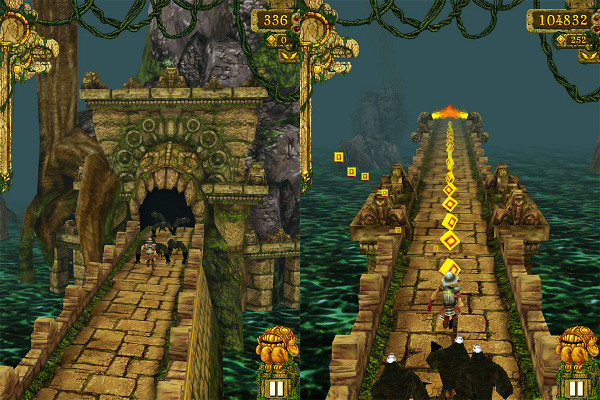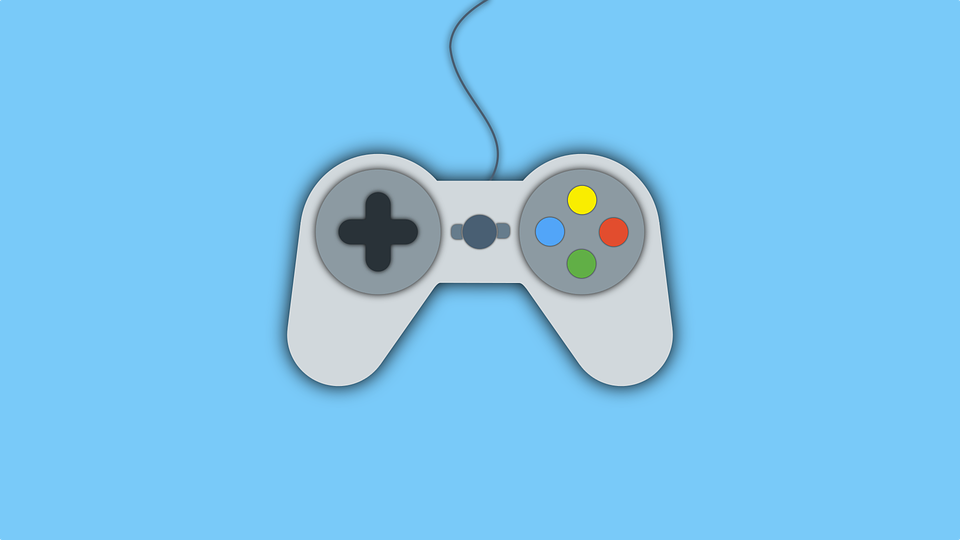Hey Huns,
Welcome back to my blog.
I'm kind of confused as to what I have to write about but here goes.
A screenshot of Dundoc after I have click add project
In the game I am designing, the main character is either a penis or a vagina. They will designed more like a cartoon than realistically. The setting is in a clinic which I will make the artwork for. The game works in a collect/avoid way in where the user collects the sperm points as well as boosts and tries to avoid damage causing STI's. The player has the option to jump, slide under or move from side-to-side in order to avoid or collect.
On the first level, the player is taught the instructions via a pop-up notification. Level 1 involves using the side-to-side movement, level 2 introduces the jumping option, and level 3 add the sliding under option.The game take place in a 3rd person view, much like games with similar concepts. Each level will progress through the clinic, from the front door to the doctors office, Seeming as if the player is moving through it themselves.
The character will make a squelchy noise when they move, I will try to compose a theme tune to play in the background, something similar to the styling of the Super Mario Bros game.
The user will control the player using the arrow keys (up = jump, left for left, right for right and down = slide under). The game is single player but works on a leader board system, much like old arcade games of the 80's.
I really don't understand what I'm supposed to do and I have been trying to understand for the last 2 hours. Dundoc will not allow me to create a new project for some unknown reason so I really don't know what to do at this stage. I have also reported the bug to the website.





